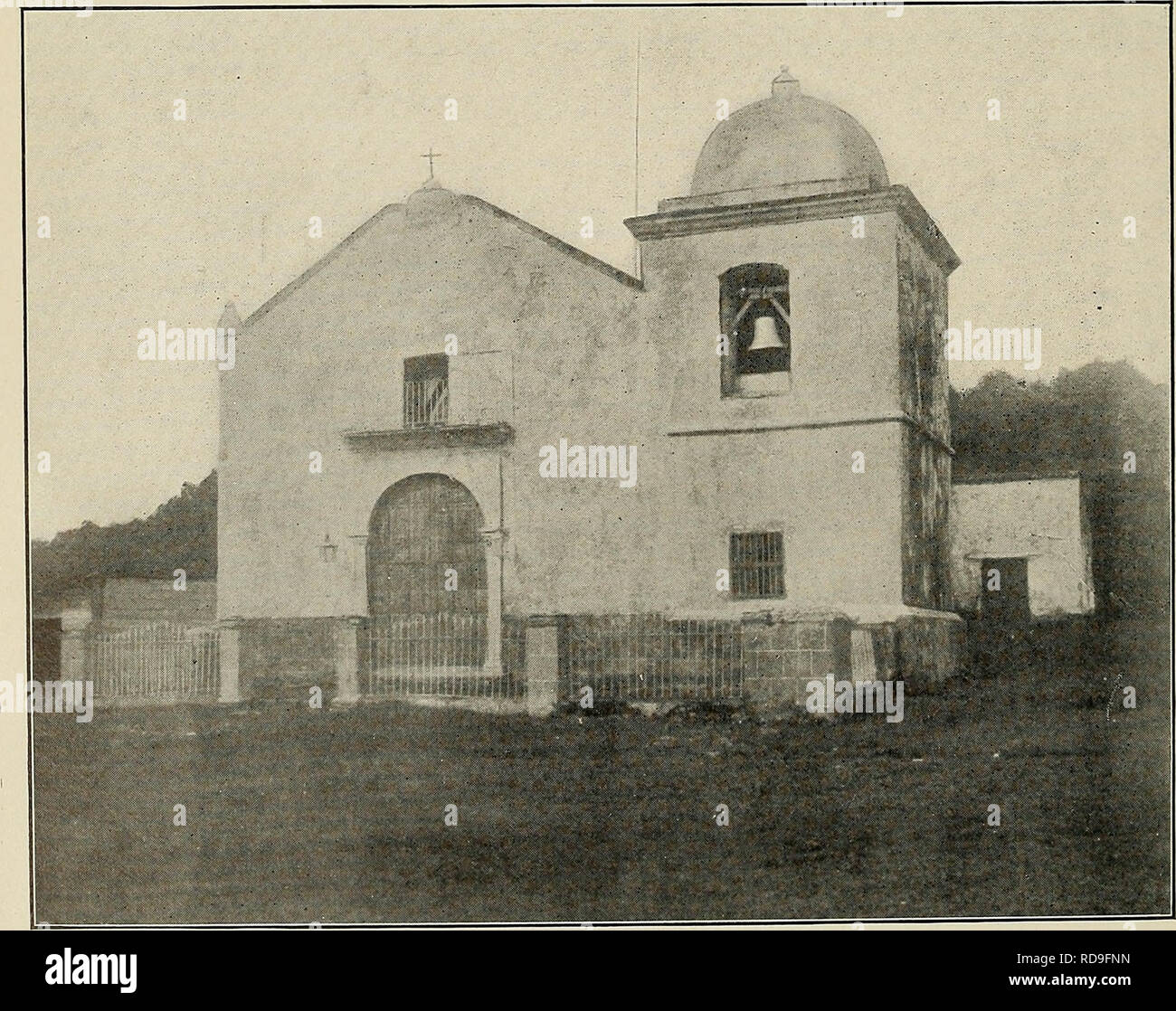. The Cuba review. 12 THE CUBA REVIEW. RELIGIOUS WORK IN CUBA. f; The Friends' Church When the missionaries sent out by Friends landed in Cuba in 1900, many of the inhabitants almost, if not quite, expected to see the horns sticking out from under our hats as indicative of our character and the auspices and nature of our mission. Then came the stage of being endured, hoping for the time when we would give up defeated. We are now emerging from the pity stage, when people tapped their heads signif- icantly as the faithful few passed on their way to meeting, or told tales of the converts raving a

Image details
Contributor:
The Book Worm / Alamy Stock PhotoImage ID:
RD9FNNFile size:
7.1 MB (638.1 KB Compressed download)Releases:
Model - no | Property - noDo I need a release?Dimensions:
1777 x 1406 px | 30.1 x 23.8 cm | 11.8 x 9.4 inches | 150dpiMore information:
This image is a public domain image, which means either that copyright has expired in the image or the copyright holder has waived their copyright. Alamy charges you a fee for access to the high resolution copy of the image.
This image could have imperfections as it’s either historical or reportage.
. The Cuba review. 12 THE CUBA REVIEW. RELIGIOUS WORK IN CUBA. f; The Friends' Church When the missionaries sent out by Friends landed in Cuba in 1900, many of the inhabitants almost, if not quite, expected to see the horns sticking out from under our hats as indicative of our character and the auspices and nature of our mission. Then came the stage of being endured, hoping for the time when we would give up defeated. We are now emerging from the pity stage, when people tapped their heads signif- icantly as the faithful few passed on their way to meeting, or told tales of the converts raving along the seashore and knocking their heads against stone walls in their madness. People of the better class are coming to respect us, some enough to publicly class them- selves as one with us. The present mo- ment is a time of great opportunity for the Friends Church in Cuba. The work of Friends in the Island of Cuba has been greatly favored, and a progress has been made almost, if not quite, unexcelled in the history of the first seven years of mission work in any country entered by our church. The property interests alone of Friends in the island at a low estimate are worth at least $28, 000. Four principal stations have been occupied, with their respective out-stations. At Puerto Padre school work has taken the lead; as yet no church has been or- ganized, but services are held regularly. A fine educational work has been done, however, a well organized school of from between 60 and 70 pupils having been maintained. Three smaller schools of from 25 to 35 pupils have done good work in the other stations. When we stop to think that 79 per cent, of the population of Cuba cannot read nor write, who can measure the immense good that Friends might do by energetic edu- cational work. It is madness to depend entirely on foreign workers for the evan- gelization of any country. Native work- ers called of God and capable of leading in the work must be provided with an. CHURCHES OF CUBA. O